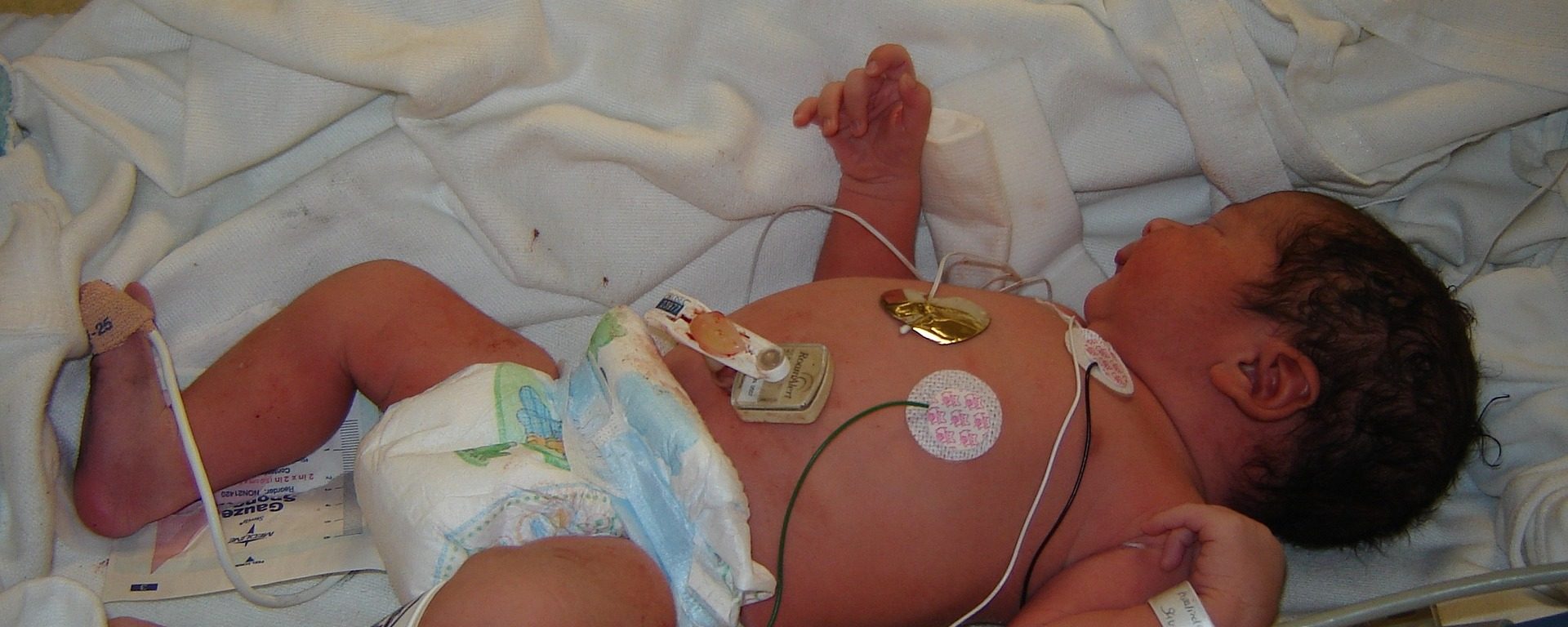In 2006, Green, et. al., conducted the research to compare two techniques for reducing radial head subluxation in children and explores the pain perception and parental perspectives associated with each method. When children experience radial head subluxation (RHS), a common injury causing immobility in the arm, it is crucial to find the most effective and least painful method for reduction. A recent study conducted at Miami Children’s Hospital aimed to compare two different techniques for RHS reduction: forced pronation and supination-flexion. The research focused on understanding the parents’ perception of pain during the procedure, as their input is vital for managing children’s pain effectively. The findings shed light on which method parents believed to be less painful, providing valuable insights for healthcare providers.
The study enrolled 75 children between the ages of 6 months and 7 years who arrived at the hospital’s emergency department with RHS symptoms. The participants were randomly assigned to one of two groups: forced pronation or supination-flexion. Before, during, and one minute after the successful reduction, parents, physicians, and nurses used a standard visual analog pain scale to assess pain levels.
After excluding three participants who did not adhere to the study protocol and nine who had unsuccessful reduction attempts, data from 63 children were analyzed. Among the physicians, no significant difference was found in their perception of pain between the forced pronation and supination-flexion methods. However, both nurses and parents reported statistically significant variations in their pain perception.
Remarkably, both nurses and parents perceived forced pronation as less painful than supination-flexion. Parents, in particular, reported a mean difference of 1.7 cm on the pain scale, which exceeded the clinically significant threshold of 1.3 cm. This indicates that parents believed forced pronation to be noticeably less painful for their children during RHS reduction.
The findings from this study provide valuable insights into the subjective experience of pain during RHS reduction, as perceived by parents and healthcare professionals. By acknowledging and incorporating parental perspectives, healthcare providers can better understand and address the pain experienced by children undergoing this procedure.
The study’s findings highlight the importance of considering parents’ perspectives when assessing pain in children. By acknowledging parental perceptions, healthcare providers can enhance communication and manage expectations, ultimately improving the overall patient experience.
The study contributes to the existing knowledge on pain perception during RHS reduction procedures and can guide healthcare professionals in making informed decisions. These insights are especially relevant in pediatric settings, where understanding and managing children’s pain is crucial for their well-being and comfort.
While this study provides valuable insights, further research is necessary to delve deeper into the topic. Future investigations could explore additional factors that may influence pain perception during RHS reduction, such as the age of the child, previous experiences with medical procedures, or individual pain tolerance.
Additionally, studying the long-term outcomes and potential complications associated with the two reduction methods would be beneficial for optimizing patient care. By considering both short-term pain management and long-term results, healthcare providers can provide the best possible treatment for children with RHS.
Reference: Green, D. A., Linares, M. Y. R., Peña, B. M. G., Greenberg, B., & Baker, R. L. (2006). Randomized comparison of pain perception during radial head subluxation reduction using supination-flexion or forced pronation. Pediatric emergency care, 22(4), 235-238.
